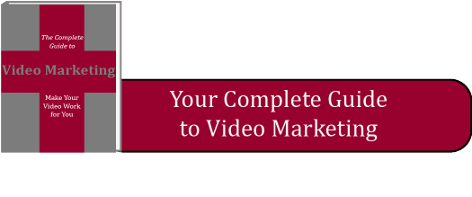Newsflash, right?
Have you ever thought about how ridiculous the phrase B2B is? Businesses don’t make purchase decisions. People in those businesses do. And guess what? It is people selling to those people.

But for some reason we want to stand behind that corporate identity. So how can you break free of that and actually engage with your customers?
Remember people buy from people they like. And the first part of that equation is being a person.
Personality: The worst content is produced as a cold, faceless business. Why would anyone want to do business with them? Even huge financial institutions have come around to it to a certain extent.
I want to know that there is a human on the other end of the computer, or pen, so let some personality out. I know this may be heresy to some people, but gulp, act like you are a person!
It is way more engaging. Your personality should be consistent for each content creator and it should line up with your brand identity, but there are wide parameters within that to act like you have a pulse.
Admit Mistakes: Everyone has wanted to pull back an email after hitting the send button. But you know what humans make mistakes and it’s ok. You get way more credit from your audience by admitting mistakes then by hiding, hoping it goes away. Trust me someone is going to spot it.
It feels genuine to your customers while building trust. I know it can be hard to apologize, but you have a much better chance of building equity with your customers and prospects by just admitting mistakes.
People Focused: As you communicate, in whatever your chosen medium, make sure that you have an idea of what type of person you are talking to.
I find it very useful to construct a full audience personae for whom I want to talk to. Everything down to giving them a name, a family and how they consume media, where they went to school what street they live on. It is important that the more completely you can imagine who you are speaking to, the more effective your delivery becomes.
If you want some help with finding voice and developing content etc. Give us a shout.











